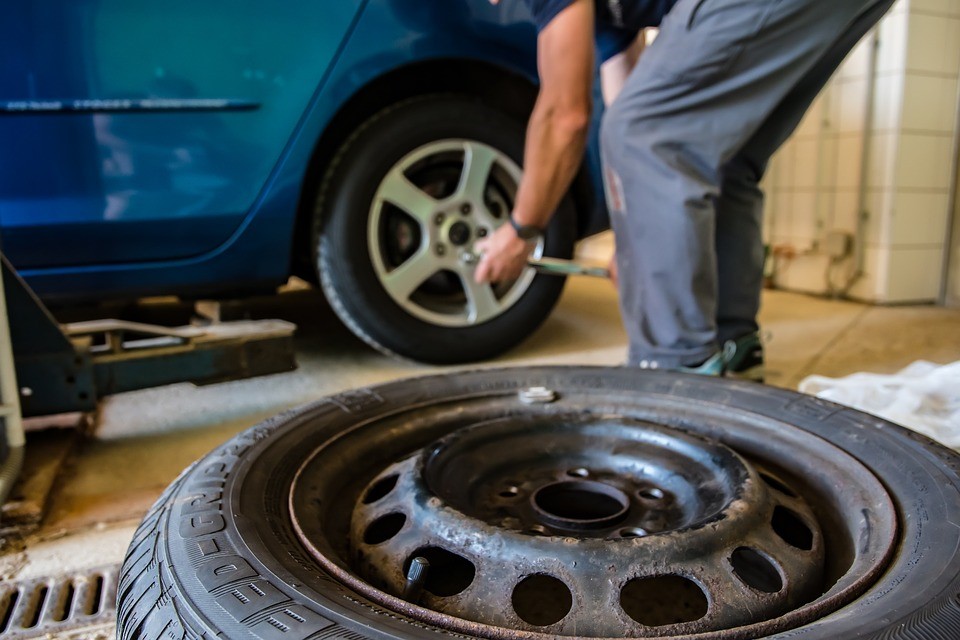We all know the sad truth – another Summer over, and with the changing seasons come the Autumn rain and Winter ice that every driver dread. Whilst safe driving in adverse conditions is key to avoiding accidents, some drivers also choose to put “Winter tyres” on their cars as an extra safety measure. It’s not a legal requirement in the UK but it is in other parts of Europe.
What do Winter Tyres Do?
Winter tyres are designed to give better braking and handling performance in slippery or wet weather conditions. They are made from rubber with a higher silica content than that used in normal tyres, giving more flexibility in low temperatures. Dedicated Winter tyres are marked accordingly, with a symbol showing mountains or a snowflake.
It’s important to fit 4 Winter tyres if you are going down this route. Changing 2 will only upset your car’s stability and could actually make driving more unsafe than using normal tyres in cold weather.
Do you need Snow Chains?
Snow chains are mainly used in countries and areas where snow lies on the ground and becomes compacted for long periods of time and the weather stays below freezing, so it cannot melt away. Snow chains are expensive and take up a lot of room in a vehicle, so really you want to be able to justify owning them.
You can only snow chains if the snow is so compacted that it makes driving extremely difficult/unsafe – this level of compaction is such that snow chains will not touch the road surface below.
Changeover when Due
Once you’ve got your Winter tyres on, driving may seem much safer, but don’t forget they’re on there. Switch back when the seasons change, as they’re designed primarily for use in conditions 7 °C and under. If the weather is creeping back up to temperatures above this then using normal tyres will give better performance on dry roads.
Some people choose to keep a second set of wheels with snow tyres attached stored until they need to use them. this makes life easier if they’re switching the tyres themselves instead of using a garage. This can be costly and if you’re storing tyres, make sure they’re kept off the ground and in a clean, dry and cool environment. They can be stored horizontally on top of each other, sidewall to sidewall, but should not be kept near any type of heating or hot water.
If you don’t store your tyres properly, they can degrade; unnecessary weight can cause stress to the rubber and form flat spots or premature aging. Tyres exposed to heat may crack as they become too dry, and if they become coated in a substance like grease or petrol, this can deteriorate the rubber.
What about All-Season Tyres?
These are a good compromise if you’re concerned about driving in bad weather. The rubber is higher in silica than normal tyres, but the tread pattern is not the same as a Winter tyre, more of an in-between a Winter and normal tyre tread pattern.
All-season tyres are often more costly than normal tyres and can lower fuel economy of the car in months where the roads are dry and the weather warm. Using them does negate some of the cost of switching tyres however and may give more peace of mind.









